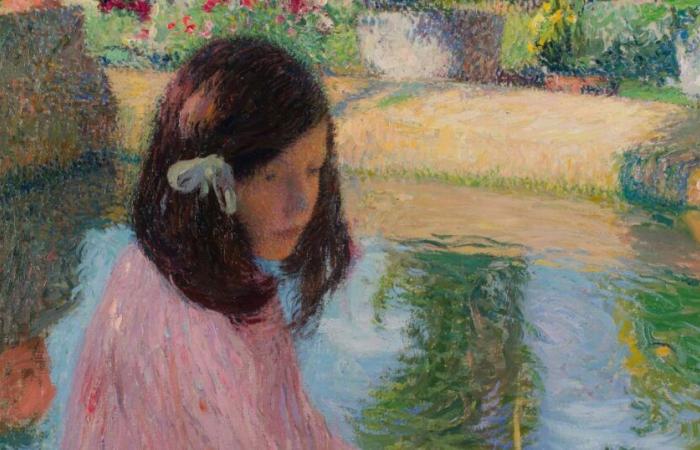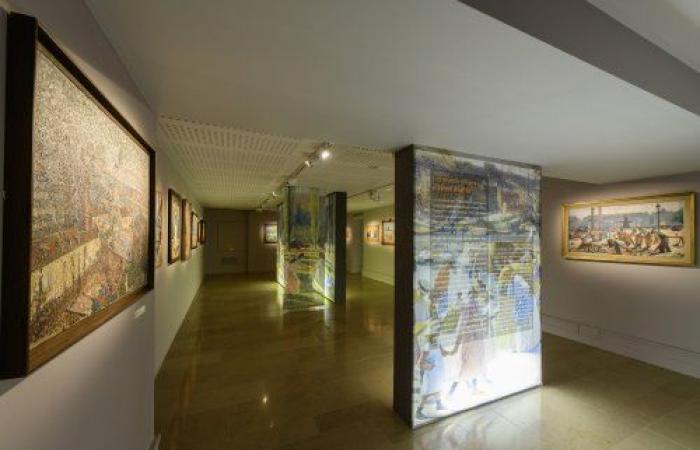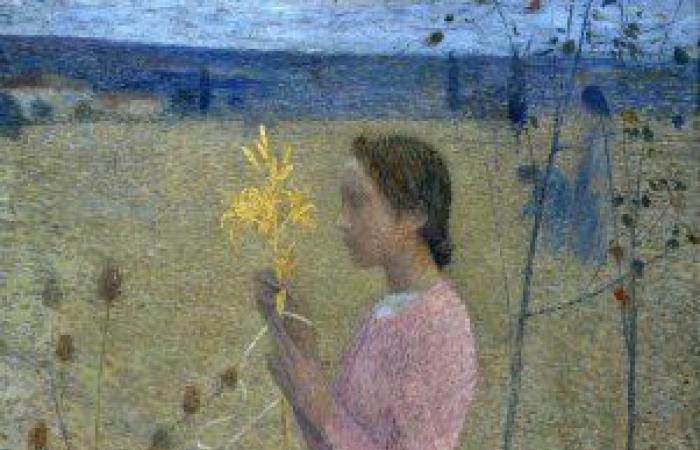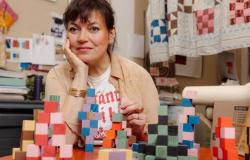With admirable consistency, the Palais Lumière in Évian strives to (re)valorize and above all to exhibit artists considered out of fashion, from Jacques-Emile Blanche in the summer of 2015 (see the article) to Albert Besnard the year next (see the article) then, more recently, to the “last impressionists” (see the article) where the two Henris already took pride of place. We can, however, wonder if the recipe still works, as the bringing together of these “fraternal talents” who are certainly friends and contemporaries seems somewhat forced throughout the course, an impression that is confirmed by reading the book completing the exhibition – difficult to say. calling it a catalog, we’ll come back to that – where artists are essentially studied separately. The common traits between the artist from the South and that from the “Hauts de France” are ultimately hardly salient, as admitted in the book by Yann Farinaux-Le Sidaner and Marie-Anne Destrebecq-Martin where we learn in particular that “ Sidaner abandoned monumental composition very early on while Martin had become the leading decorator of his time “. The texts paradoxically underline the differences in taste and method of the two Henries, despite the sections supposed to bring them together, one working his easel canvases on the motif while the other was in fact recomposing his ” illuminated mists » – this lovely word about Henri Le Sidaner is due to Guillaume Apollinaire, against use – within his workshop [1].
- 1. View of the exhibition “Henri Martin – Henri Le Sidaner, two fraternal talents”
Photo: The New Image
-
See the image on his page
- 2. View of the exhibition “Henri Martin – Henri Le Sidaner, two fraternal talents”
Photo: The New Image
-
See the image on his page
It must be said that the scenography – entrusted to Frédéric Beauclair, although accustomed to the thankless spaces of the Palais Lumière – does not really enhance the works exhibited nor the subject, certainly as foggy as the best paintings of Henri Le Sidaner. We have thus placed certain small and medium formats in the vast rooms upstairs (ill. 1) where they seem to float on the walls while the set tables which – unfortunately – make Henri Le Sidaner’s reputation are hung in an ugly corridor (!) in the basement, in defiance of common sense and the safety of these works which were then protected by cords which we hope will be dissuasive. For their part, the sketches for Henri Martin’s large sets are brought together in one of the best rooms in the exhibition (ill. 2) but without vignettes or even screens – the absence of which we regret for once – contextualizing them by showing the definitive works. We come away with a persistent feeling of déjà vu and shoddy work despite beautiful moments in front of these paintings, wise and nostalgic, and sometimes charming.
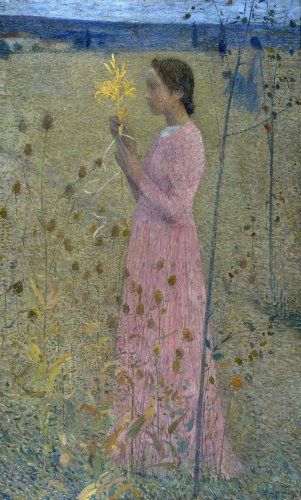
- 3. Henri Martin (1860-1943)
Harmony1894
Oil on canvas – 146 x 89 cm
Douai, Chartreuse Museum
To access this content, you must subscribe to The Art Tribune. The advantages and conditions of this subscription, which will also allow you to support The Art Tribuneare described on the subscription page. If you wish to test the subscription, you can subscribe for one month (at €8) and if this does not suit you, ask us by a simple email to unsubscribe (at least ten days before the next debit).
If you are already a subscriber, log in using this form.

